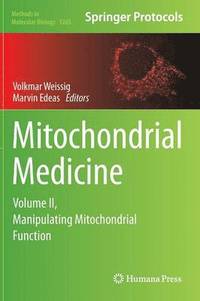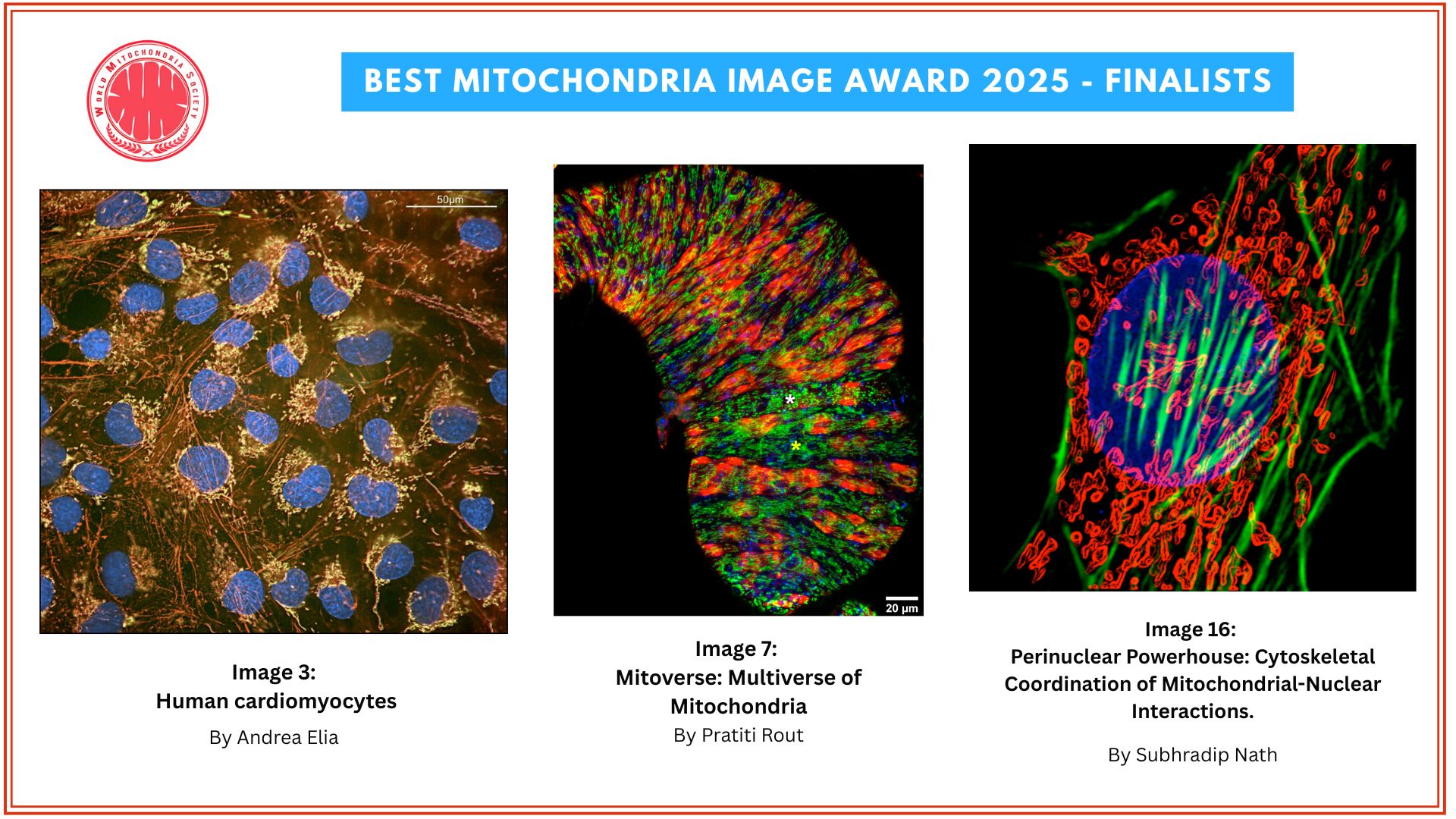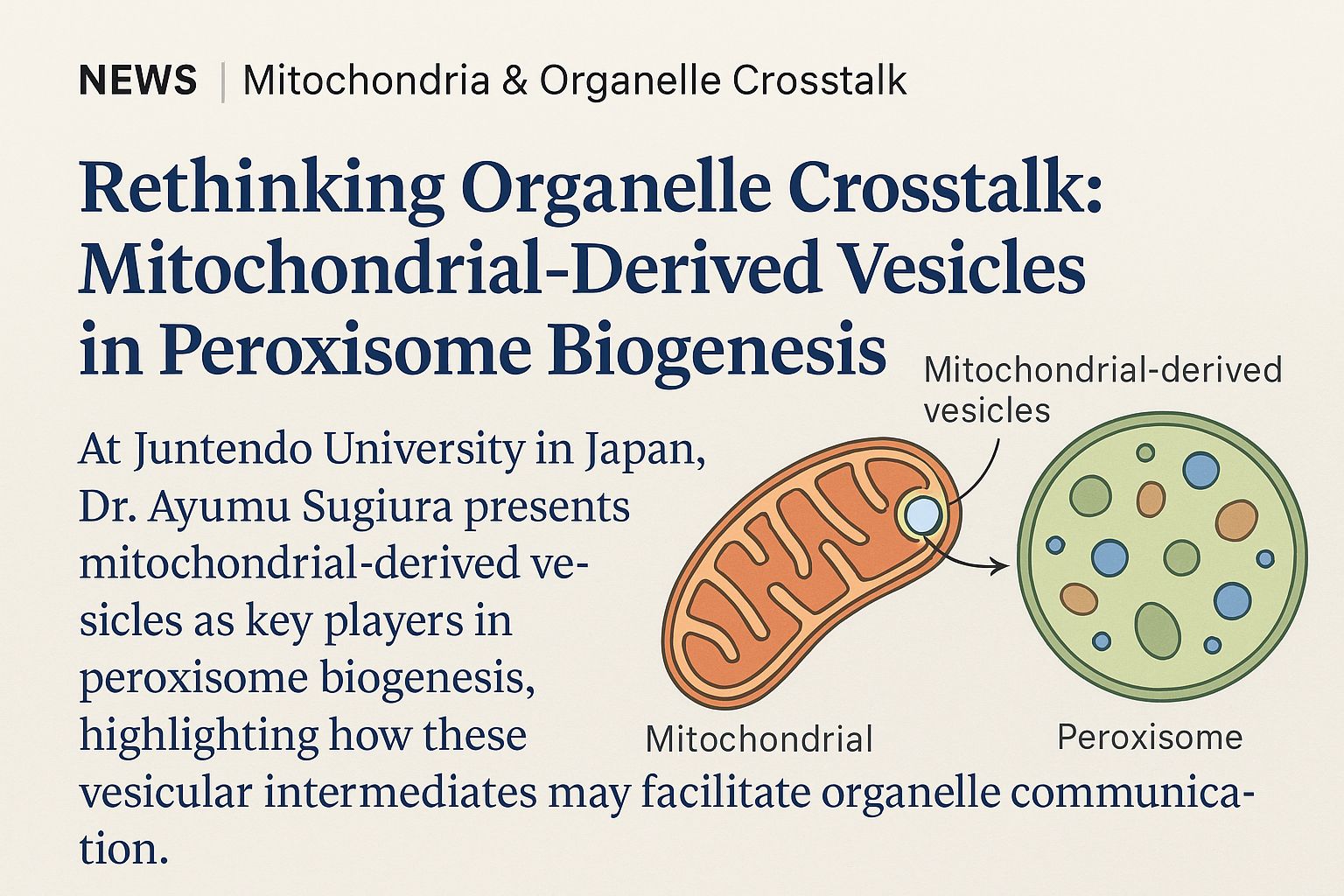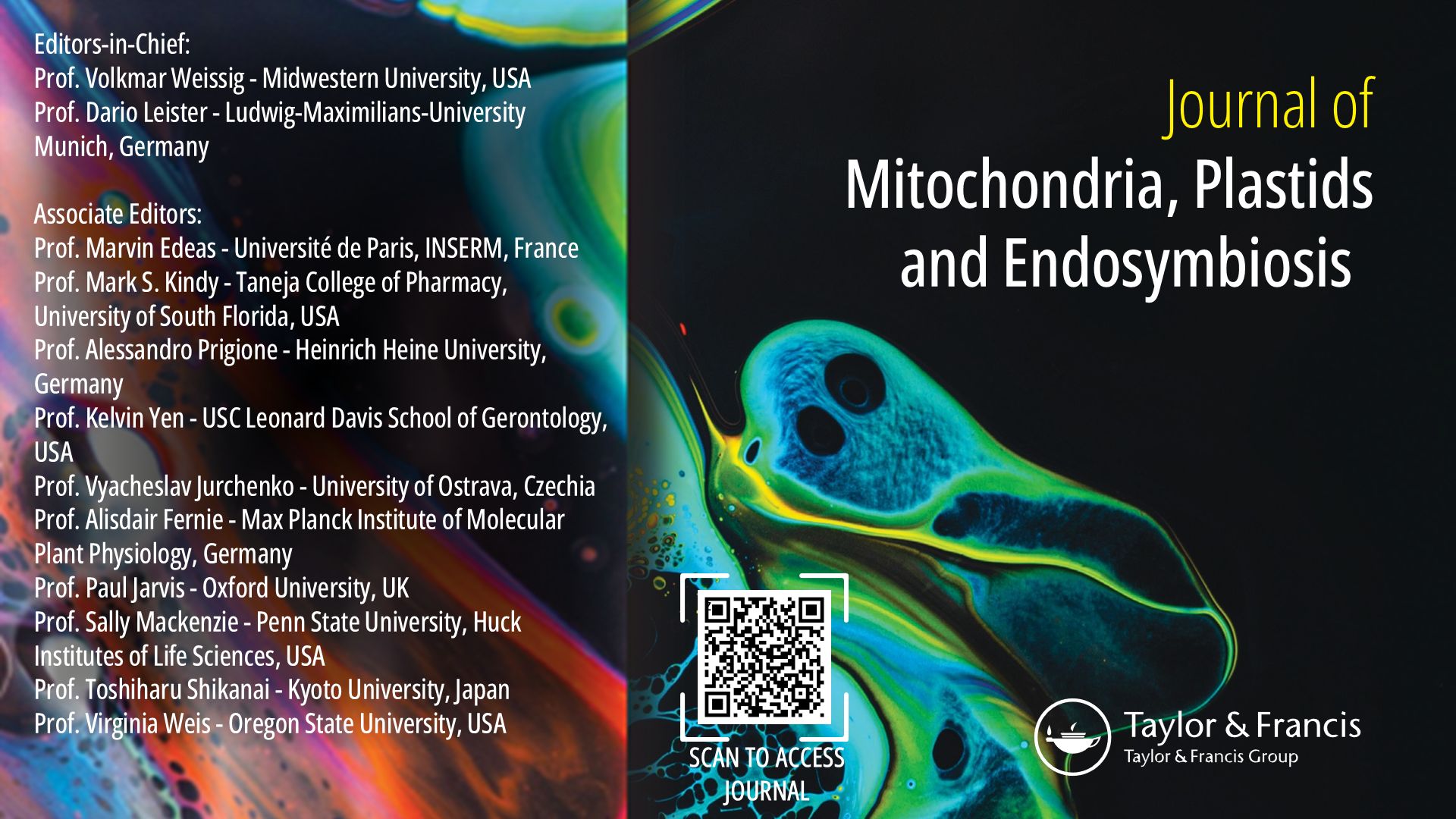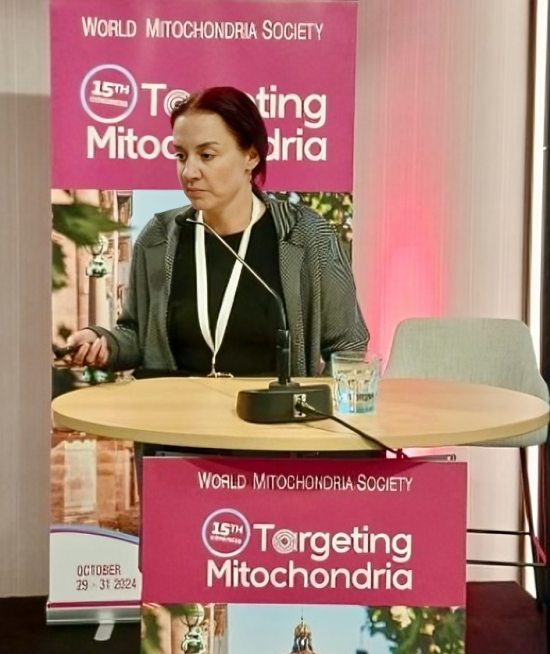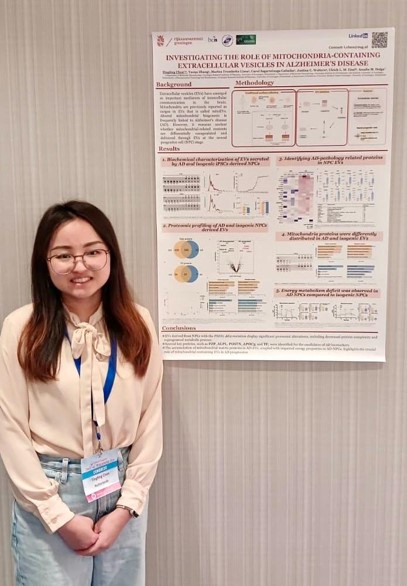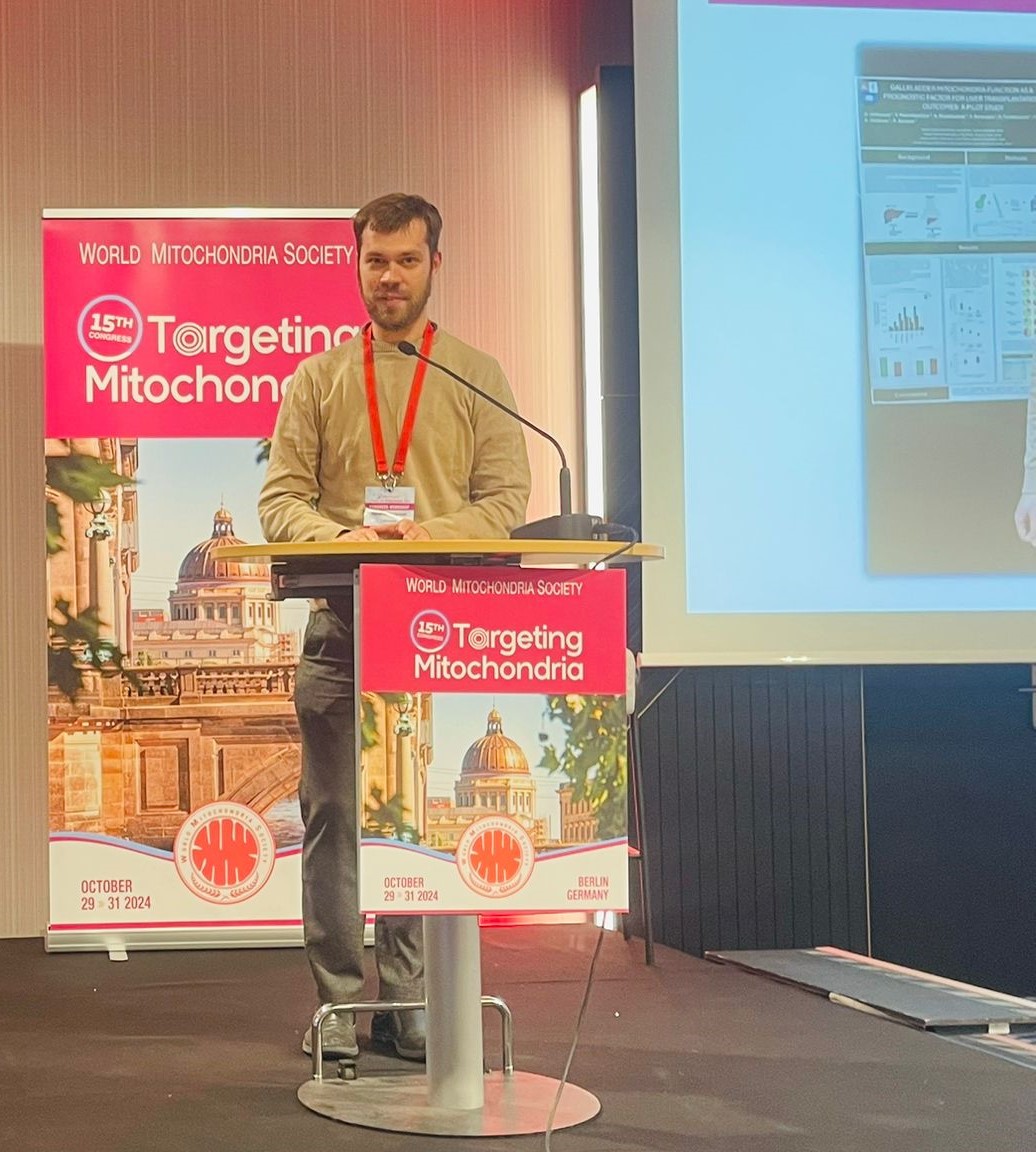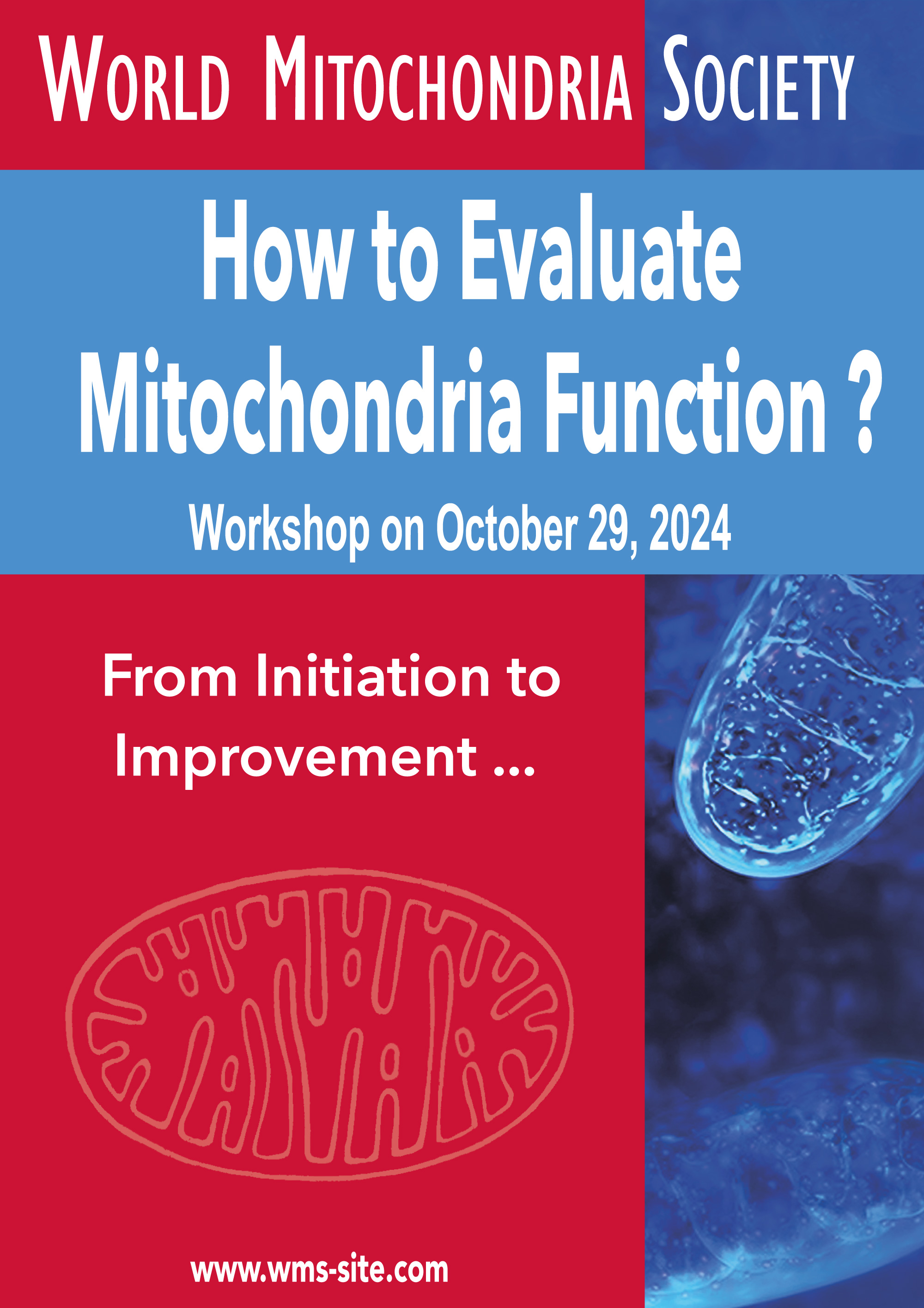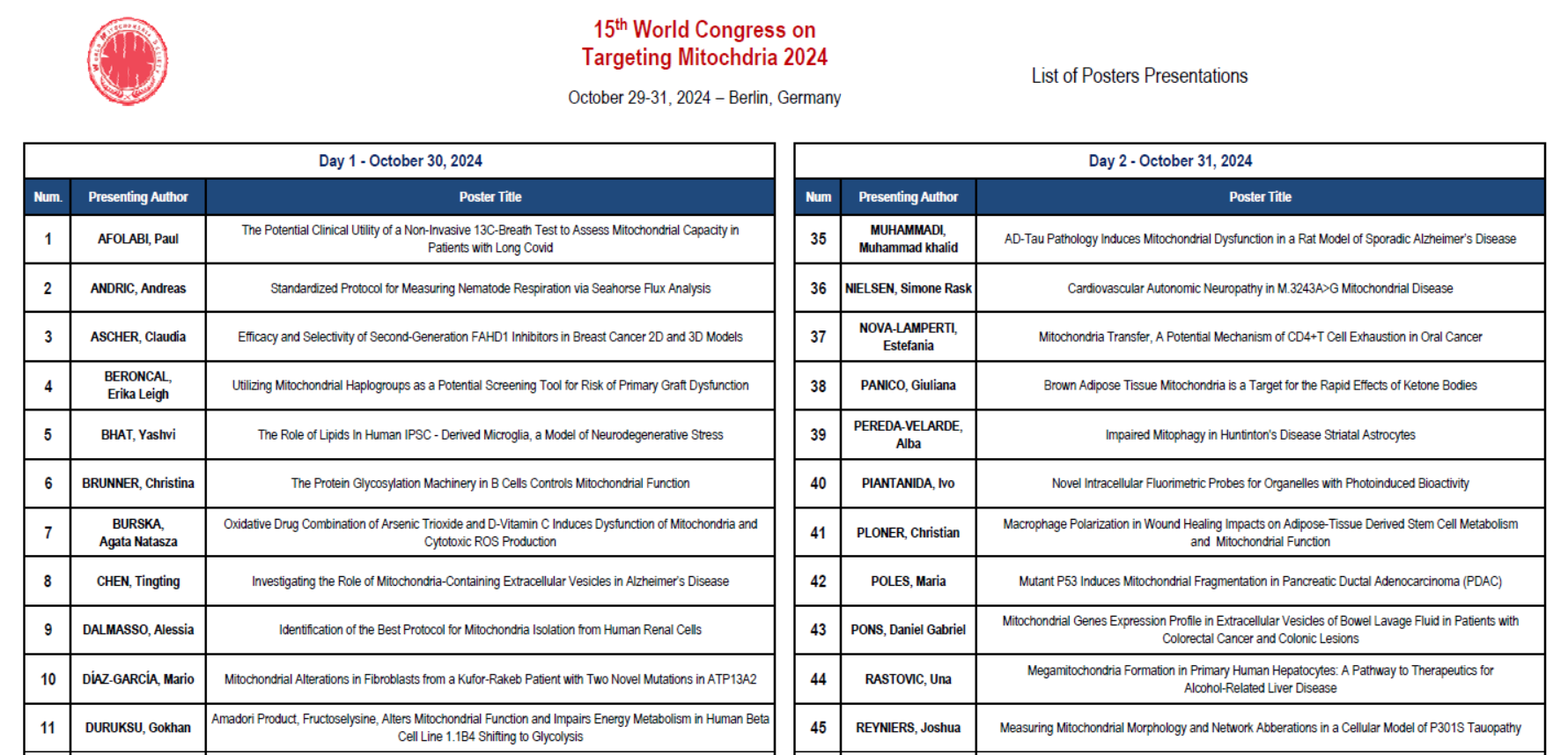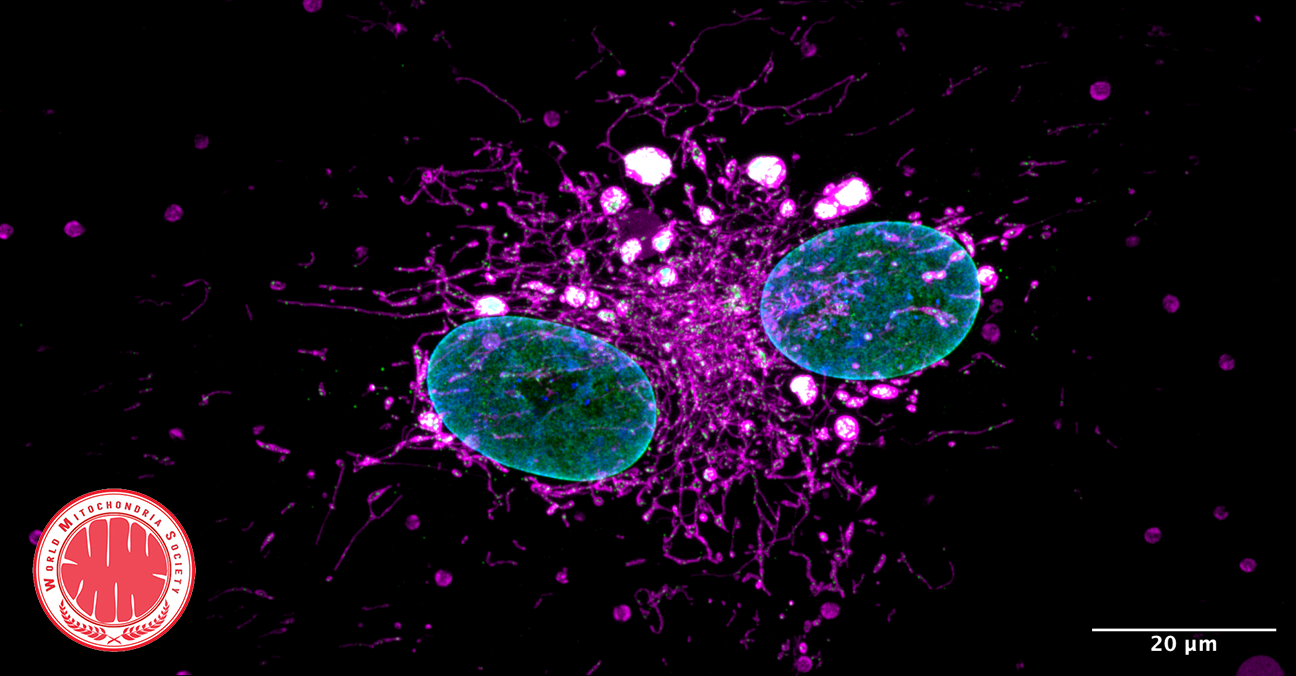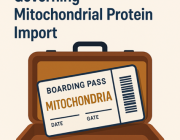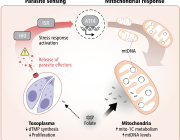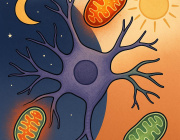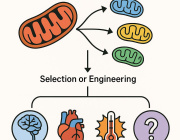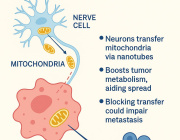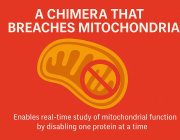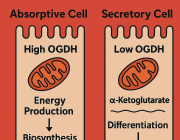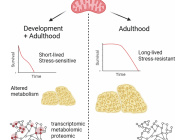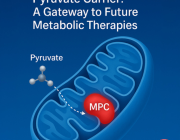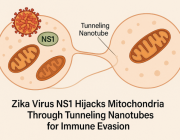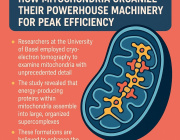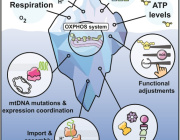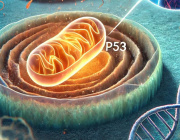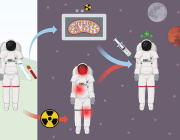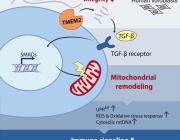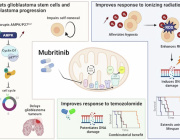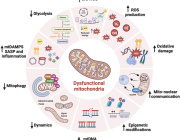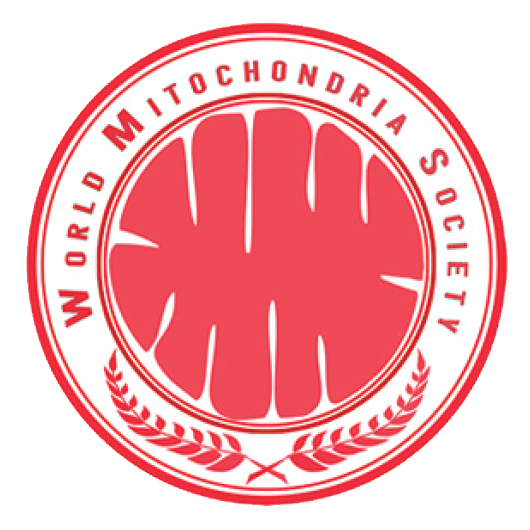Biparental Inheritance of Mitochondrial DNA in Humans
 Photo Credit: seal1837, Pixabay
Photo Credit: seal1837, Pixabay
Significance
The energy-producing organelle mitochondrion contains its own compact genome, which is separate from the nuclear genome. In nearly all mammals, this mitochondrial genome is inherited exclusively from the mother, and transmission of paternal mitochondria or mitochondrial DNA (mtDNA) has not been convincingly demonstrated in humans. In this paper, we have uncovered multiple instances of biparental inheritance of mtDNA spanning three unrelated multiple generation families, a result confirmed by independent sequencing across multiple unrelated laboratories with different methodologies. Surprisingly, this pattern of inheritance appears to be determined in an autosomal dominantlike manner. This paper profoundly alters a widespread belief about mitochondrial inheritance and potentially opens a novel field in mitochondrial medicine.Abstract
Although there has been considerable debate about whether paternal mitochondrial DNA (mtDNA) transmission may coexist with maternal transmission of mtDNA, it is generally believed that mitochondria and mtDNA are exclusively maternally inherited in humans. Here, we identified three unrelated multigeneration families with a high level of mtDNA heteroplasmy (ranging from 24 to 76%) in a total of 17 individuals. Heteroplasmy of mtDNA was independently examined by high-depth whole mtDNA sequencing analysis in our research laboratory and in two Clinical Laboratory Improvement Amendments and College of American Pathologists-accredited laboratories using multiple approaches. A comprehensive exploration of mtDNA segregation in these families shows biparental mtDNA transmission with an autosomal dominantlike inheritance mode. Our results suggest that, although the central dogma of maternal inheritance of mtDNA remains valid, there are some exceptional cases where paternal mtDNA could be passed to the offspring. Elucidating the molecular mechanism for this unusual mode of inheritance will provide new insights into how mtDNA is passed on from parent to offspring and may even lead to the development of new avenues for the therapeutic treatment for pathogenic mtDNA transmission.
Reference: Shiyu Luo, C. Alexander Valencia, Jinglan Zhang, Ni-Chung Lee, Jesse Slone, Baoheng Gui et al. 2018. Biparental Inheritance of Mitochondrial DNA in Humans. PNAS. doi.org/10.1073/pnas.1810946115
News source: www.pnas.org
New research reveals a mitochondrial gene that protects against dementia and other diseases of aging
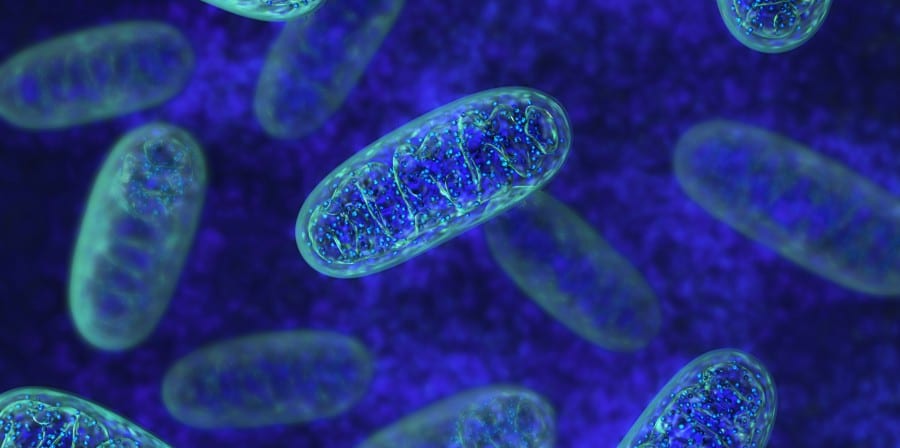
Image source: www.gero.usc.edu
New research from USC has uncovered a previously unknown genetic risk factor for Alzheimer’s disease and related dementias. The study provides insights on how these conditions, and other diseases of aging, might one day be treated and prevented.
The research from the Cohen Lab at the USC Leonard Davis School of Gerontology sheds new light on the protective role of a naturally occurring mitochondrial peptide, known as humanin. Amounts of the peptide decrease with age, leading researchers to believe that humanin levels play an important function in the aging process and the onset of diseases linked to older age.
“Because of the beneficial effects of humanin, a decrease in circulating levels could lead to an increase in several different diseases of aging, particularly in dementia,” said senior author Pinchas Cohen, dean of the USC Leonard Davis School and one of three researchers to independently discover the existence of humanin 15 years ago.
The study, Humanin Prevents Age-Related Cognitive Decline in Mice and is Associated with Improved Cognitive Age in Humans, led by Kelvin Yen of the USC Leonard Davis School, appears online on Sept. 21 in the Nature-published journal Scientific Reports. Among the findings, the researchers discovered a significant difference between the circulating levels of humanin in African-Americans, who are more impacted by Alzheimer’s disease and other diseases of aging, as compared to Caucasians.
“We have now discovered a novel underlying biological factor that may be contributing to this health disparity,” said Yen, a research assistant professor of gerontology.
Because humanin is encoded within the mitochondrial genome, the research team examined the mitochondrial DNA for common genetic variations known as SNPs (pronounced snips) that could explain the differences between humanin levels. According to the paper, after sequencing the entire mitochondrial genome of all samples to determine if any SNPs correlated with humanin levels, they identified a genetic variation that was associated with a 14 percent decrease in circulating humanin levels.
This provides the first evidence that a variation in the sequence of a mitochondrial peptide is associated with a change in the level of peptides and the first conclusive demonstration that mitochondrial peptides are encoded in and regulated through mitochondrial DNA, Cohen said.
The team subsequently examined the effect of this SNP in a separate large cohort of participants from the Health and Retirement Study, a longitudinal study of approximately 20,000 individuals over the age of 50 in the United States, of which more than 12,500 individuals consented to DNA analysis. Using this data set, the researchers report finding that the unfavorable version of this SNP, associated with low levels of the humanin peptide, is also associated with accelerated cognitive aging, providing the first demonstration linking a humanin SNP in the mitochondria to cognitive decline in people.
The paper also shows that in mice, injections of humanin delay cognitive decline associated with aging, proposing a possible therapeutic role for humanin-related drugs. The mechanism through which humanin acts to mediate these effects involves suppression of inflammation systemically, as well as specifically in the brain.
News source: www.gero.usc.edu
Liver disease drug could help restore cells damaged by Alzheimer's
A drug which has been used to treat liver disease for decades could help to restore cells damaged by Alzheimer's, a new study from the University of Sheffield has found.
The pioneering study, funded by Alzheimer's Research UK, discovered the drug ursodeoxycholic acid (UDCA) improves mitochondrial dysfunction – which is known to be a causative factor for both sporadic and familial Alzheimer's disease.
Mitochondria play a pivotal role in both neuronal cell survival and death as they regulate energy metabolism and cell death pathways acting as a cell's battery.
Mitochondrial abnormalities have been identified in many cell types in Alzheimer's disease, with deficits occurring before the development of the classical pathological aggregations. The energy changes have been found in many different cells from people with Alzheimer's. It is thought they are one of the earliest changes to occur in the brain cells, perhaps even before symptoms are reported by people living with the disease.
Dr Heather Mortiboys, Parkinson's UK Senior Research Fellow at the University of Sheffield's Institute of Translational Neuroscience (SITraN), said: "For the first time in actual Alzheimer's patient tissue this study has shown that the drug UDCA acid can boost the performance of the cells' batteries, the mitochondria.
"We also found that the drug, which is already in clinical use for liver disease, acts by changing the shape of the batteries which could tell us more about how other drugs can be beneficial in Alzheimer's.
"Most importantly we found the drug to be active in cells from people with the most common type of the devastating disease – sporadic Alzheimer's – which could mean it has potential for thousands of patients."
Dr Mortiboys, who led the study, added: "As the drug is already in clinical use for liver disease; this speeds up the potential time it could take to get this drug to the clinic for patients."
The ground-breaking research also found the drug changed the shape of mitochondria by redistributing Dynamin-related protein 1 (Drp1) to the mitochondria in people with Alzheimer's skin cells. Drp1 is a regulator of mitochondrial shape and locates at the mitochondria to initiate fission events. It is thought this could have neuroprotective effects in Alzheimer's disease. This study suggests this pathway could be manipulated by drugs which are then neuroprotective in patients themselves.
The next steps could include studies in patient-derived neurons to check for protective effects or, as others have already shown UDCA to be protective in animal models of Alzheimer's disease, steps could be taken to move UDCA to clinical trials.
Alzheimer's disease is the leading cause of dementia worldwide and is the most common neurodegenerative disorder. It currently affects 850,000 people in the UK, with numbers expected to soar to two million by 2051.
Dr Sara Imarisio, Head of Research at Alzheimer's Research UK, who funded the work, said:"Today, around half a million people in the UK are living with Alzheimer's disease. With no new dementia drugs in over 15 years, it's vital we continue to approach Alzheimer's from as many angles as possible.
"Through innovative research we are building a clearer picture of the complexities of the disease and how it develops in the brain. This work suggests a potential new way to target Alzheimer's but needs further exploration before we can know whether this drug used for a liver condition is safe or effective for people with Alzheimer's disease.
"Alzheimer's Research UK receives no government funding for the research we support, and it is only thanks to the generosity of our supporters that we're able to fund vital projects like this."
Previous laboratory studies conducted by SITraN in 2015 showed UDCA could be an effective treatment in halting the progression of Parkinson's disease. The collaborative study demonstrated the effects of the drug in patients that carry the LRRK2 mutation. The study showed improved mitochondrial function as demonstrated by the increase in oxygen consumption and cellular energy levels.
The new research is published in the Journal of Molecular Biology.
News source: www.medicalxpress.com
More information: Shilpy Dixit et al. Mitochondrial dysfunction in the APP/PSEN1 mouse model of Alzheimer's disease and a novel protective role for ascorbate, Free Radical Biology and Medicine (2017). DOI: 10.1016/j.freeradbiomed.2017.08.021
Mitochondrial diseases could be treated with gene therapy

Image source: drugtargetreview.com
Researchers have developed a genome-editing tool for the potential treatment of mitochondrial diseases: serious and often fatal conditions which affect 1 in 5,000 people.
The researchers, led by the University of Cambridge, applied an experimental gene therapy treatment in mice and were able to successfully target and eliminate the damaged DNA in mitochondria which causes the devastating conditions.
Their results could provide a practical route to treating patients with these diseases and may provide a future alternative to mitochondrial replacement therapy, or ‘three-parent IVF’. This is the first time programmable genome engineering tools have been used inside a living animal, resulting in such significant modification of mitochondrial DNA.
Mitochondria are the powerhouses inside our cells, producing energy and carrying their own DNA. They are inherited from a person’s mother via the egg, but if they are damaged, it can result in a serious mitochondrial disease. For example, MELAS Syndrome is a severe multi-system disorder causing progressive loss of mental and movement abilities, which usually becomes apparent in early childhood.
There are typically about 1000 copies of mitochondrial DNA per cell, and the percentage of these that are damaged, or mutated, will determine whether a person will suffer from mitochondrial disease or not. Usually, more than 60% of the mitochondrial DNA molecules in a cell need to be mutated for the disease to emerge, and the more mutated mitochondrial DNA a person has, the more severe their disease will be. Conversely, if the percentage of mutated DNA can be reduced, the disease could potentially be treated.
Mitochondrial diseases are currently incurable, although a new IVF technique of mitochondrial transfer gives families affected by mitochondrial disease the chance of having healthy children – removing affected mitochondria from an egg or embryo and replacing them with healthy ones from a donor.
“Mitochondrial replacement therapy is a promising approach to prevent transmission of mitochondrial diseases, however, as the vast majority of mitochondrial diseases have no family history, this approach might not actually reduce the proportion of mitochondrial disease in the population,” said Dr Payam Gammage, a postdoctoral researcher in the MRC Mitochondrial Biology Unit, and the paper’s first author.
“One idea for treating these devastating diseases is to reduce the amount of mutated mitochondrial DNA by selectively destroying the mutated DNA, and allowing healthy DNA to take its place,” said Dr Michal Minczuk, also from the Medical Research Council (MRC) Mitochondrial Biology Unit, and the study’s senior author.
To test an experimental gene therapy treatment, which has so far only been tested in human cells grown in petri dishes in a lab, the researchers used a mouse model of mitochondrial disease that has the same mutation as some human patients.
The gene therapy treatment, known as the mitochondrially targeted zinc finger-nuclease, or mtZFN, recognises and then eliminates the mutant mitochondrial DNA, based on the DNA sequence differences between healthy and mutant mitochondrial DNA. As cells generally maintain a stable number of mitochondrial DNA copies, the mutated copies that are eliminated are replaced with healthy copies, leading to a decrease in the mitochondrial mutation burden that results in improved mitochondrial function.
The treatment was delivered into the bloodstream of the mouse using a modified virus, which is then mostly taken up by heart cells. The researchers found that the treatment specifically eliminates the mutated mitochondrial DNA, and resulted in measures of heart metabolism improving.
Following on from these results, the researchers hope to take this gene therapy approach through clinical trials, in the hope of producing an effective treatment for mitochondrial diseases.
This work was supported by the Medical Research Council and was performed in collaboration with Sangamo Therapeutics and the Max Planck Institute for Biology of Ageing in Cologne.
News source: www.drugtargetreview.com
Reference: Payam A. Gammage et al. ‘Genome editing in mitochondria corrects a pathogenic mtDNA mutation in vivo.’ Nature Medicine (2018). DOI: 10.1038/s41591-018-0165-9.
Study Provides New Insights For Ways to Use Cell Metabolism to Treat Cancer
Researchers at the University of Cincinnati (UC) College of Medicine have discovered that cell metabolism plays an important role in the ability of cells to start a survival program called autophagy, an unwanted side effect of some anti-cancer drugs that helps some tumor cells dodge treatment and eventually regrow into new tumors.
These findings, reported in the Aug. 28 online edition of the journal Cell Reports, provide new insights for ways to use cell metabolism to "pull the plug" on tumor cells that survive treatment, possibly leading to better treatments and outcomes for patients.
"Cells adapt to nutrient starvation by increasing autophagy, where a cell basically eats itself and recycles cellular contents to support essential processes until nutrients become plentiful once again. This process is regulated by the mammalian target of rapamycin (mTOR) and AMP-activated protein kinases (AMPK)," says Carol Mercer, Ph.D., research assistant professor in the Division of Hematology Oncology, Department of Internal Medicine, and a member of both the Cincinnati Cancer Center and UC Cancer Institute. "Drugs that target mTOR or activate AMPK are being used in the clinic for some cancers, and are under active investigation for others, making it important to understand how they affect this tumor cell survival pathway."
"We found that cell metabolism significantly influences the ability to begin autophagy, with mitochondrial complex I function being an important factor in the initiation, amplification and duration of the response," she continues. "We show that the anti-diabetic drug phenformin, the anti-diabetic drug metformin, and genetic defects in complex I shift cell metabolism toward glycolysis and inhibit the ability of mTOR inhibitors to prompt autophagy. The opposite is also true, as a shift away from glycolysis and toward mitochondrial metabolism, enhances autophagy through a mechanism that involves increased phospholipid metabolism. Our data demonstrate the importance of metabolism in the regulation of autophagy, increase our understanding of clinically relevant drugs that are important for cancer, and suggest new strategies to increase or inhibit autophagy."
Mercer, principal investigator on the study, and her lab, worked primarily in cultured cells to understand how metabolism regulates autophagy, identifying strategies to manipulate this pathway to the patients' advantage. This work was built on pre-clinical studies in animal models by Hala Elnakat Thomas, Ph.D., first author and research instructor in the department, who found that the combination of mTOR inhibitors were effective in the treatment of hepatocellular carcinoma (liver cancer) but had the potential disadvantage of increasing autophagy.
"Our data reveal the dynamic and metabolic regulation of autophagy and suggest new therapeutic strategies for cancer, neurodegenerative and mitochondrial diseases," Mercer says. "We need to further explore the reasons this occurs and the implications for how the metabolic regulation of autophagy can be used in the clinic."
News source: www.rdmag.com
More information: Mitochondrial Complex I Activity Is Required for Maximal Autophagy , Cell Reports (2018). DOI: 10.1016/j.celrep.2018.07.101
https://www.cell.com/cell-reports/fulltext/S2211-1247








